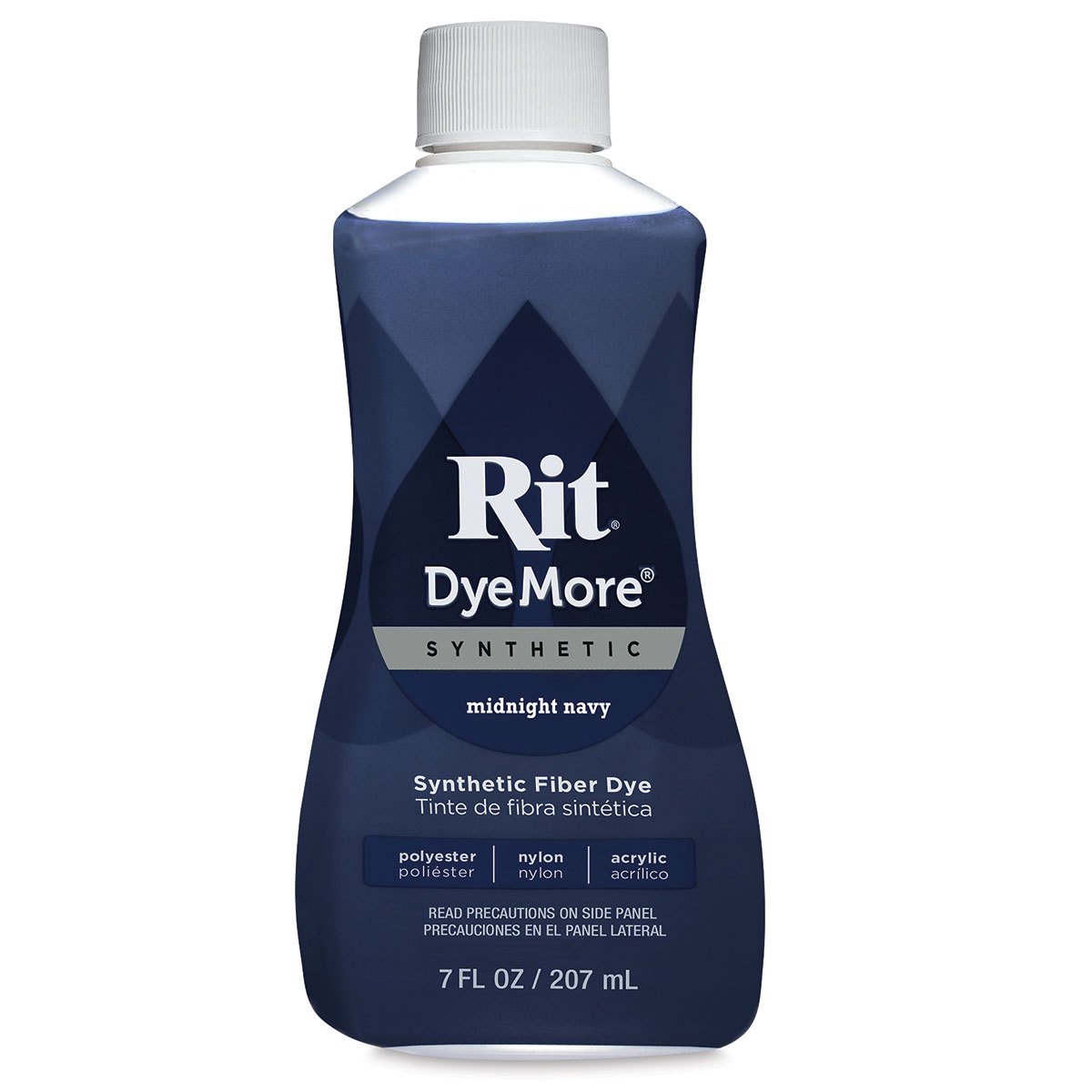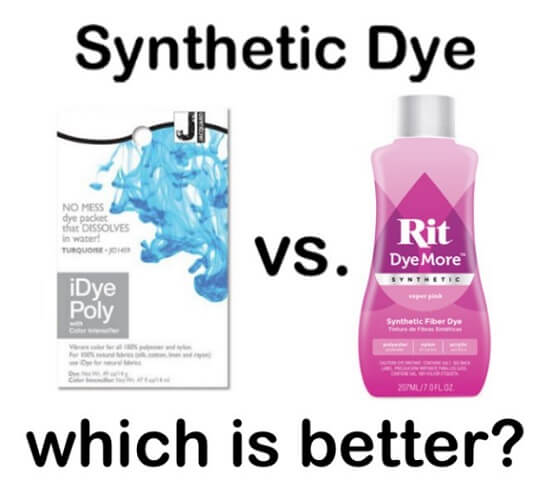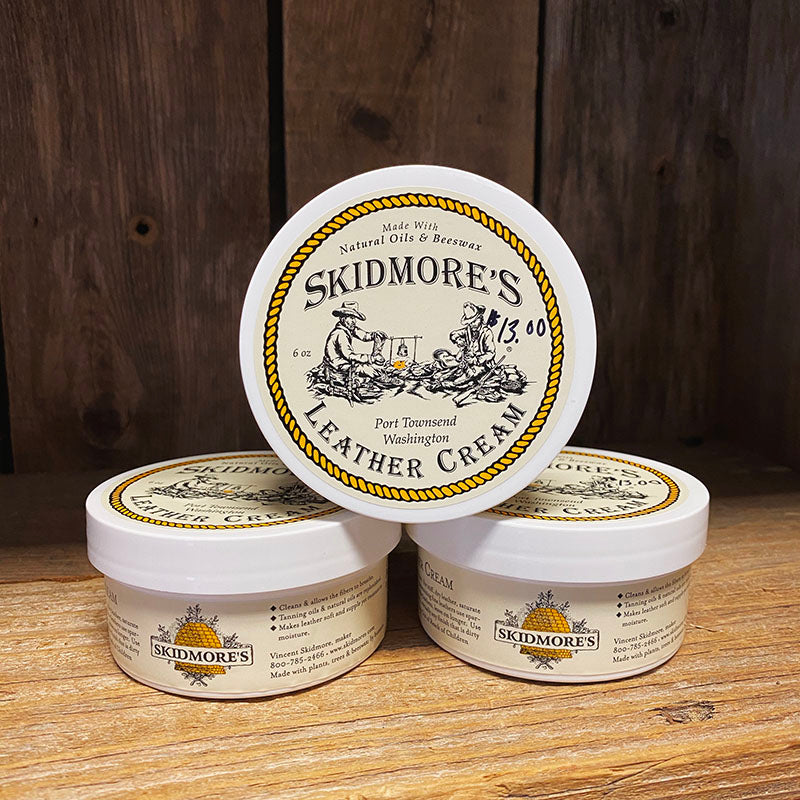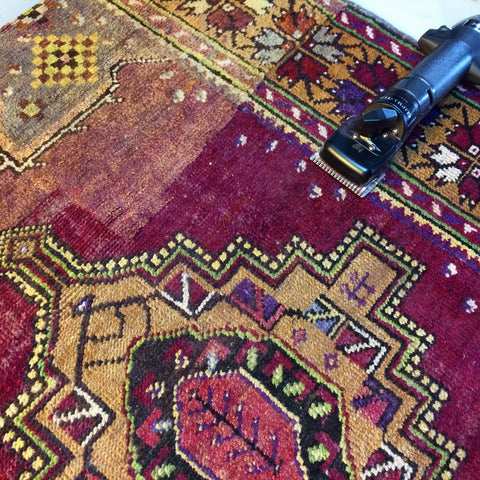
Natural versus Synthetic Dyes– Bradford's Rug Gallery
The first synthetic (aniline) dye was discovered by William Henry Perkin in 1856, near the end of the Industrial Revolution. Prior to that only natural dyes had been used in dying textiles including wool yarn for rug weaving. "Natural dyes have been used since the beginning of organized society, developed so humans cou
The first synthetic (aniline) dye was discovered by William Henry Perkin in 1856, near the end of the Industrial Revolution. Prior to that only natural dyes had been used in dying textiles including wool yarn for rug weaving. Natural dyes have been used since the beginning of organized society, developed so humans could paint their bodies, clothes, houses, weapons and religious icons. The colors were obtained from plants, animals, fruits and earth, writes the Oaxaca Cultural Navigator, In Mexico, [natural dye sources] include indigo, cochineal (an insect), moss, nut shells and leaves, wild flowers, tree bark, and
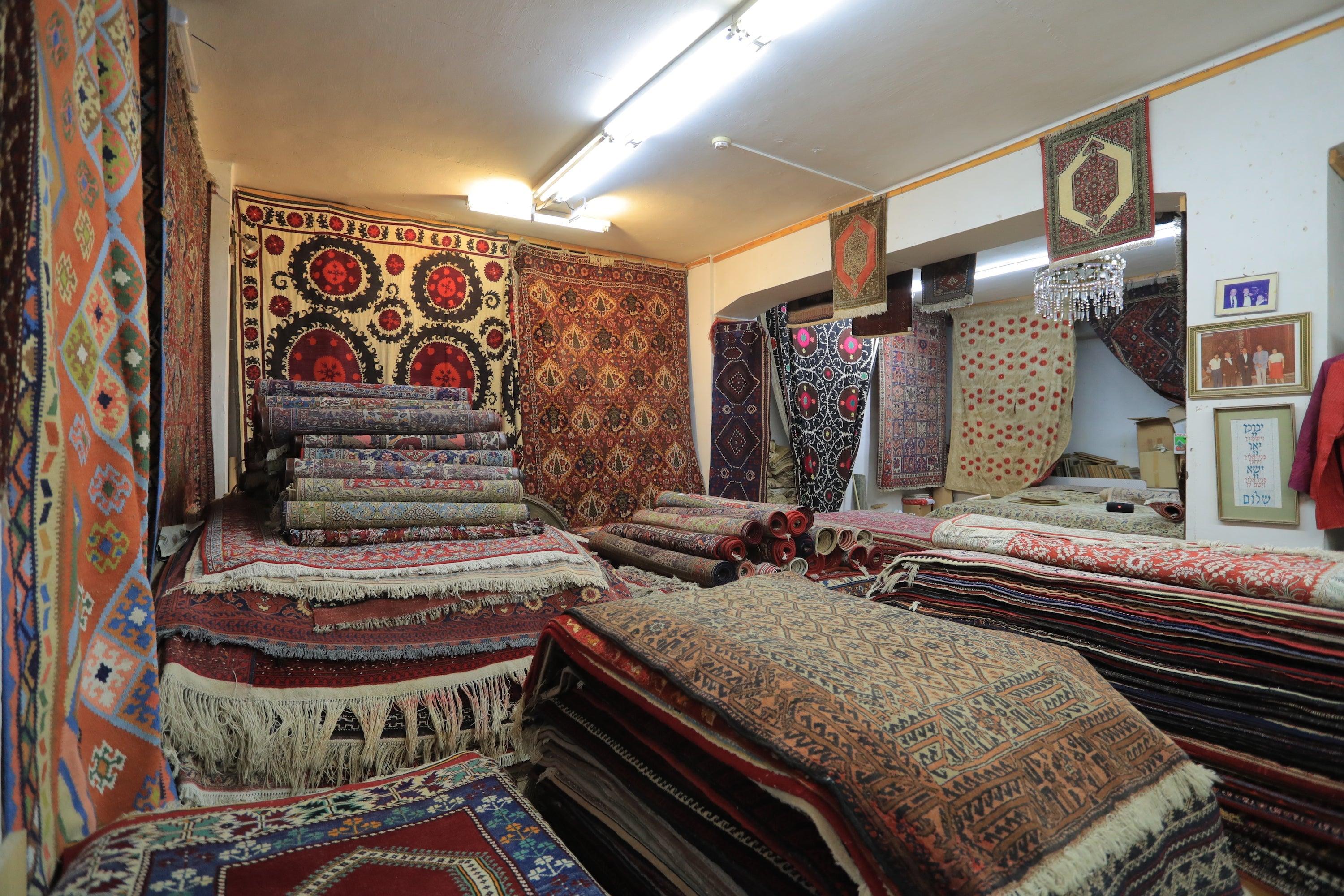
The History of Rugs – Ghatan Antique

Transitional: Knotted– Page 3 – Bradford's Rug Gallery

Forensic dye analysis in cultural heritage: Unraveling the

Natural versus Synthetic Dyes– Bradford's Rug Gallery

Forensic dye analysis in cultural heritage: Unraveling the

The Blog– Page 2 – Bradford's Rug Gallery

Carpet - Wikipedia

The Blog– Page 2 – Bradford's Rug Gallery
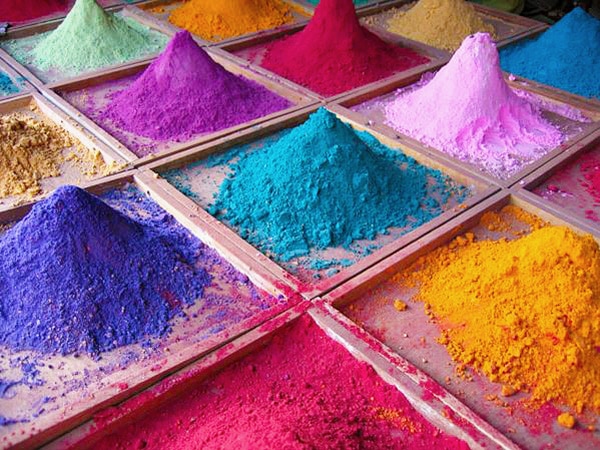
Carpet Dyes Natural Vegetable Rug Dyes Vs Chemical Synthetic

Weaving - Wikipedia

Combined, sequential dye analysis and radiocarbon dating of single


